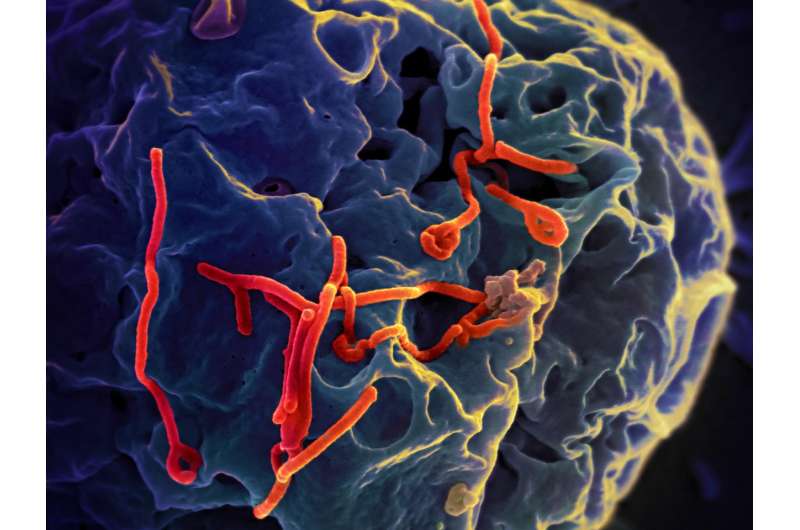Mini-Organs Illuminate the Cervix's Innate Immune Defense Mechanisms

Innovative research using cervical organoids uncovers the active immune defense mechanisms of the cervix, paving the way for targeted vaccines and treatments against sexually transmitted infections. source: https://medicalxpress.com/news/2025-10-mini-reveal-cervix-defends.html
Recent groundbreaking research has revealed that the cells lining the cervix are active participants in the body's immune defenses rather than passive barriers. Scientists from Aarhus University, led by Associate Professor Cindrilla Chumduri, utilized advanced single-cell sequencing and patient-derived 3D organoids—miniature, laboratory-grown models of cervical tissue—to uncover the complex immune responses within the cervix at an unprecedented level of detail.
This study demonstrates that distinct epithelial cell types in the cervix are equipped to detect and respond to infections, such as chlamydia, one of the most common bacterial STIs globally. The organoids closely mimic actual human cervical tissue, making them invaluable tools for studying infection mechanisms, immune responses, and potential therapies.
The researchers observed a highly organized defense network involving various cell subtypes. Outer ectocervical squamous cells strengthen the physical barrier, while inner endocervical columnar cells amplify immune signaling, such as interferon pathways and antimicrobial actions. Interestingly, highly active immune responses were noted in uninfected cells that responded to signals from infected neighbors, showcasing the tissue’s sophisticated communication system.
Further insights uncovered how different cell types coordinate or act as hubs to maintain tissue integrity, repair damage, and ramp up defenses when needed. This detailed cellular crosstalk opens avenues for developing vaccines and treatments that boost local immunity directly within the cervix, offering promising strategies to prevent STIs and related complications such as infertility and cervical cancer.
With these findings, the potential for mucosal vaccines that stimulate local immune responses at the infection site increases substantially. The study’s models also enable scientists to explore how infections like HPV and chlamydia evolve within cervical tissue over time, potentially leading to innovative preventive and therapeutic approaches. This research not only enhances our understanding of the cervical immune system but could also influence mucosal immunity studies across other tissues like the gut, respiratory, and urinary tracts.
Stay Updated with Mia's Feed
Get the latest health & wellness insights delivered straight to your inbox.
Related Articles
Free Air Conditioner Initiatives Address Critical Heat Wave Challenges
Growing programs are providing free air conditioners to vulnerable populations to combat the health risks of extreme heat, though funding and access remain challenges amid climate change. Learn how these initiatives are saving lives and promoting health equity.
Experts Call for Systemic Changes to Maximize Benefits of Recent Alzheimer's Treatments
Experts emphasize that healthcare reform, policy updates, and societal attitudes are vital to maximize the benefits of new Alzheimer's treatments and diagnostics.
Innovative Approach Targets Viral Envelope Glycans as Potential Broad-Spectrum Antivirals
Researchers have identified synthetic carbohydrate receptors targeting viral envelope glycans, offering a promising pathway toward the development of broad-spectrum antivirals capable of fighting multiple deadly viruses.



